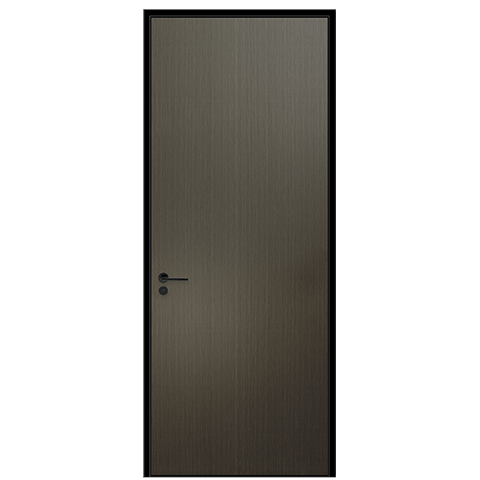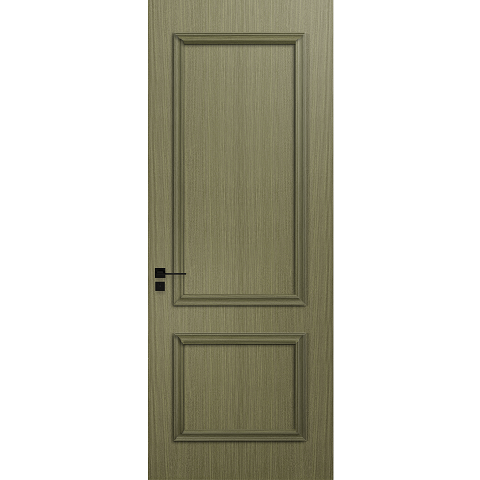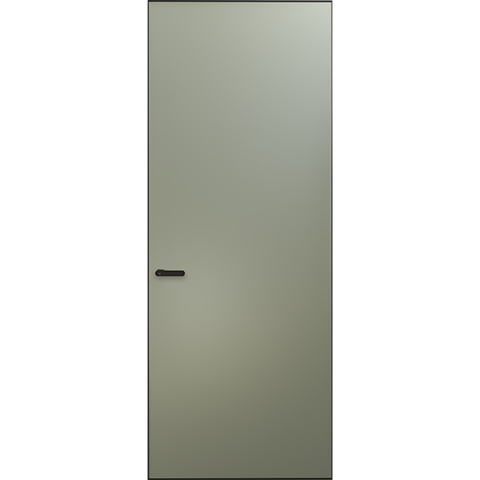Production Process and Quality Requirements of UPVC Profile
UPVC profiles are widely used in the construction industry as they are durable, energy-efficient, and low maintenance. In order to ensure the quality of UPVC profiles, it is important to have a thorough understanding of the production process and the quality requirements.
Production Process of UPVC Profile
The production process of UPVC profile can be divided into four main stages: mixing and compounding, extrusion, cooling, and cutting.
1. Mixing and Compounding
The raw materials used in the production of UPVC profiles are PVC resin, stabilizers, plasticizers, pigments, and other additives. These materials are mixed and compounded in a high-speed mixer to form a uniform blend. The temperature and mixing time must be controlled carefully to ensure a consistent quality.
2. Extrusion
The compounded material is then fed into an extruder where it is heated, melted, and forced through a die to form the desired shape of the profile. The temperature and pressure must be carefully controlled during this process to prevent any defects in the profile, such as warping, bubbles, or discoloration.
3. Cooling
After the extrusion process, the profile is cooled using water or air. This helps to solidify the material and maintain the desired shape of the profile. The cooling process must be carefully controlled to prevent any warping or distortion of the profile.
4. Cutting
The cooled profile is then cut into the desired length and shape. The cutting process must be precise and accurate to ensure that the profiles are of the correct length and angle.
Quality Requirements of UPVC Profile
The quality of UPVC profiles is crucial for their performance and longevity. There are several quality requirements that should be met during the production process.
1. Material Quality
The raw materials used in the production of UPVC profiles must meet certain quality standards. The PVC resin should have a high molecular weight and a low level of impurities. The stabilizers and plasticizers should be of high quality and compatible with the PVC resin. The pigments and other additives should be of high quality and have a consistent color.
2. Dimensional Accuracy
The dimensions of the UPVC profiles should be accurate and consistent. The profiles should have a uniform thickness and be free from any warping or distortion. The cutting process should be precise and accurate to ensure that the profiles are of the correct length and angle.
3. Color Consistency
UPVC profiles are available in a range of colors, and it is important to ensure that the color is consistent across all the profiles. The pigments used in the production of the profiles should be of high quality and have a consistent color. The extrusion process should be carefully controlled to ensure that the color is consistent throughout the profile.
4. Surface Quality
The surface of the UPVC profiles should be smooth and free from any scratches, dents, or other defects. The cooling process should be carefully controlled to prevent any warping or distortion of the profile. The profiles should be cleaned and inspected before packaging to ensure that they are of the highest quality.
Conclusion
The production process and quality requirements of UPVC profiles are crucial for their performance and longevity. By following strict quality standards and using high-quality materials, manufacturers can ensure that their UPVC profiles meet the demands of the market and the expectations of their customers. As the construction industry continues to grow and evolve, the demand for UPVC profiles is expected to increase, making it even more important for manufacturers to maintain the highest standards of quality in their production process.
 Hot Recommendation
Hot Recommendation
 Latest Products
Latest Products



